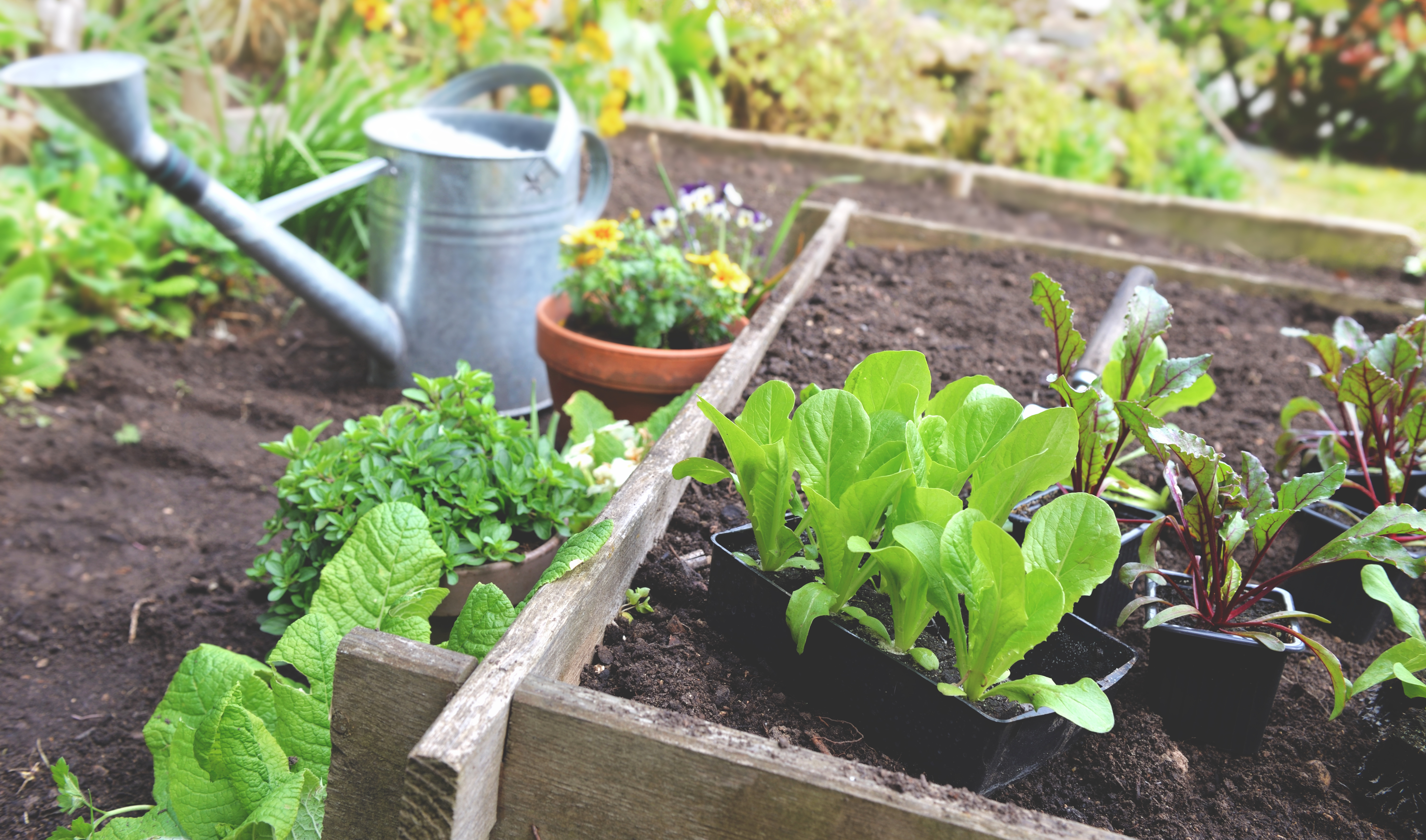As the weather starts to warm up in spring, the gardener’s drive to get plants growing outdoors starts to kick into high gear. Planting a spring garden is a great way to jumpstart the growing season, but not all plants can survive the unpredictable- and often downright frigid- springtime weather patterns. Sometimes the spring weather is nasty enough to keep even the most determined gardener hiding indoors! But don’t let the flip-flopping between winter’s cold and summer’s heat deter you from getting started!
To plant outdoors in spring, the soil needs to be ‘workable’- but what does this mean exactly? Workable soil mainly refers to soil that is no longer frozen- if you dig down a few inches and hit soil that is still solid, it’s not ready for planting. Even if the ground is no longer frozen, it’s also important to gauge how wet the soil is before planting. In the spring, soil is often supersaturated from snowmelt and springtime precipitation. Do not work in or plant into muddy or mucky soil, as this can degrade the soil structure and increase the chance of your plants and seeds rotting. Soil in raised garden beds often warms up and dries out faster than in-ground beds, so you can start planting in them earlier. To be able to plant into in-ground beds as early as possible in spring, it can help to protect them with tarps when you close them off for the season in late fall.
Once you’ve determined that the soil is ready for planting, the next step is to find plants that can survive springtime cold snaps. To do this, use the new plant filter options in Planter to find Cool season plants that are Tolerant and Semi-tolerant of frost:
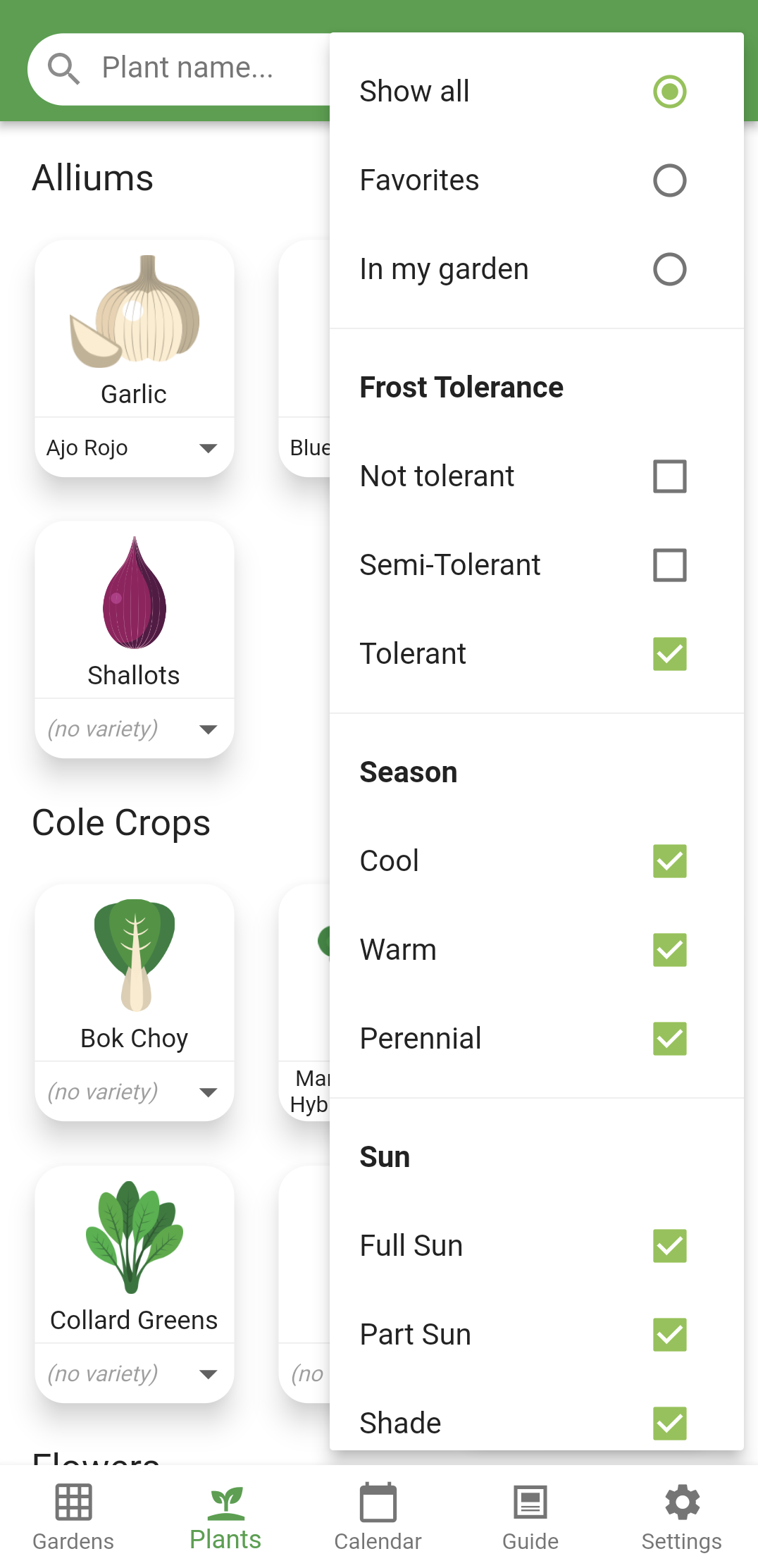
Plants that are semi-tolerant of frost can survive a light frost with air temperatures between 28°F and 32°F (-2°C and 0°C), and plants that are tolerant of frost can withstand a heavy frost with air temperatures below 28°F (-2°C). To learn more about growing cool-season plants, check out our article on cold-hardy crops.
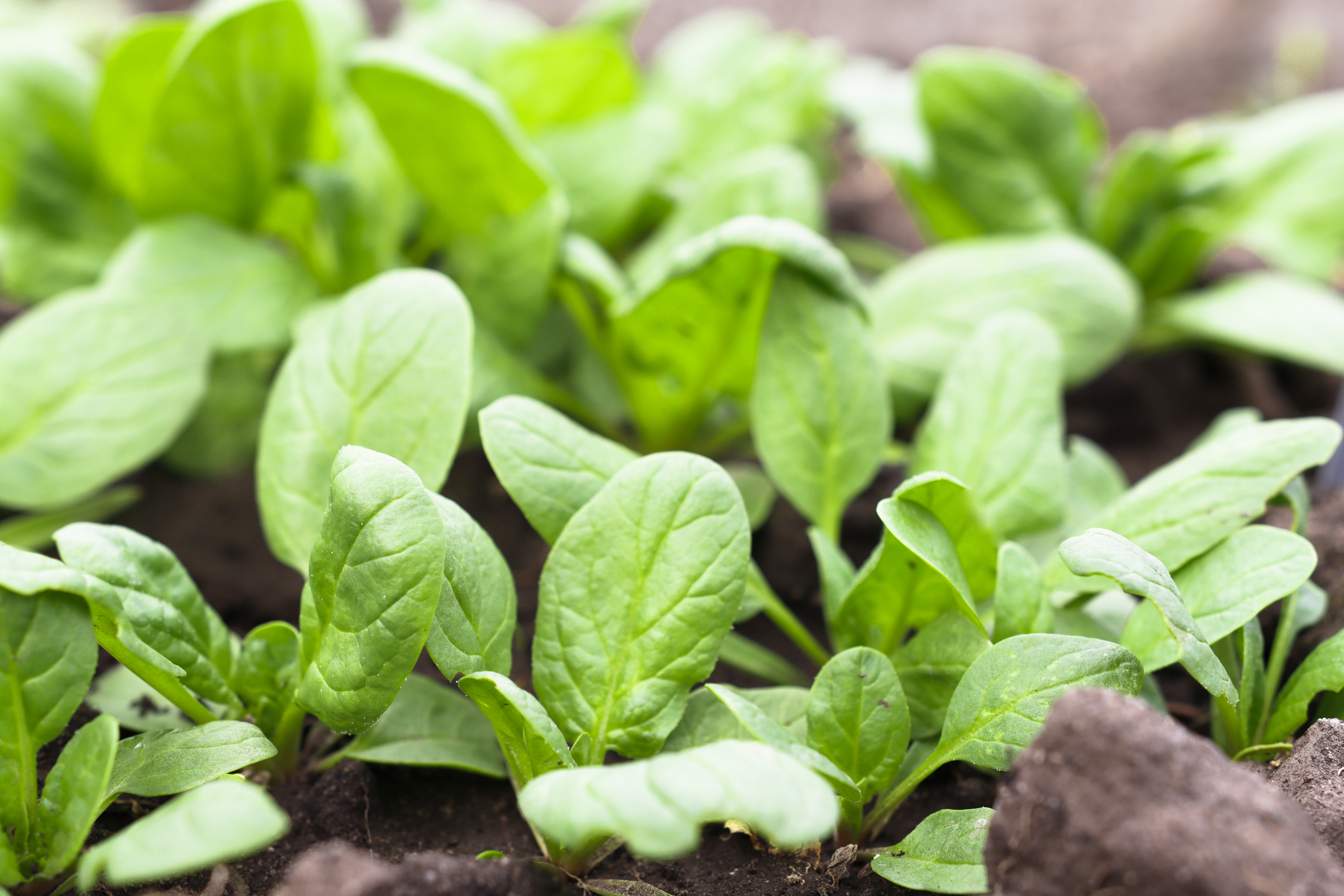
Once you’ve identified plants that can handle the cold, you’ll need to sort out whether to seed them directly outside or to transplant them. Some plants do best being seeded directly outdoors, where others can be started indoors (or purchased from a garden center) and transplanted- you can find this information in the growing calendar in Planter. For direct-seeded crops, it’s a good idea to research the minimum soil temperatures for the seeds to germinate, then use a soil thermometer to check that the ground is warm enough.
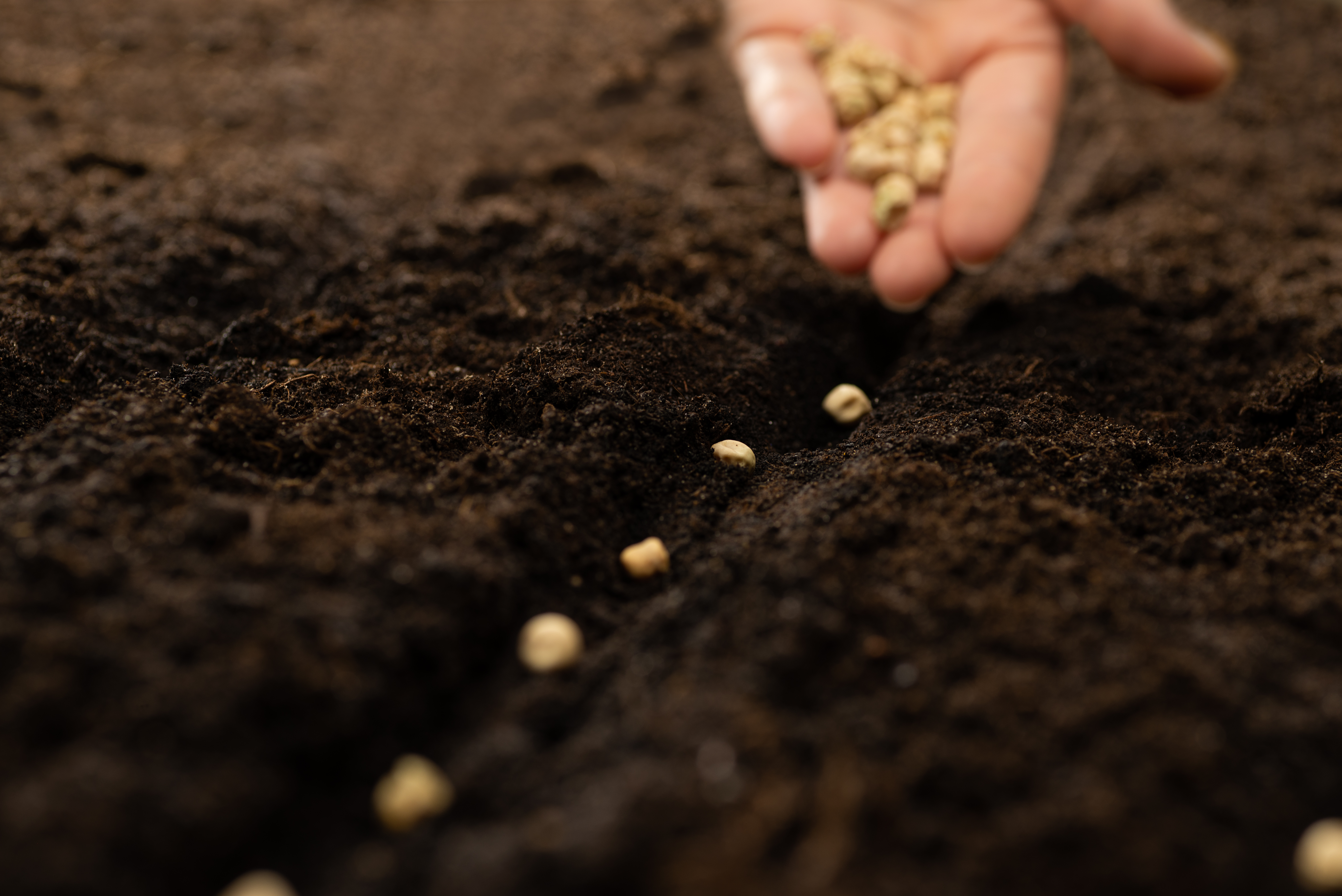
Keep in mind that young seedlings still need to be hardened off before transplanting outside. Even though the intense summer sun and heat hasn’t set in, they still need to be gradually acclimated to the cold, wind, and daylight. And don’t abandon your seedlings to their fate once they are planted; even the hardiest plants will need some extra protection from the cold until they have a chance to get established. Watch the weather forecast like a hawk and be prepared to use season extension techniques to protect young plants from extreme weather.
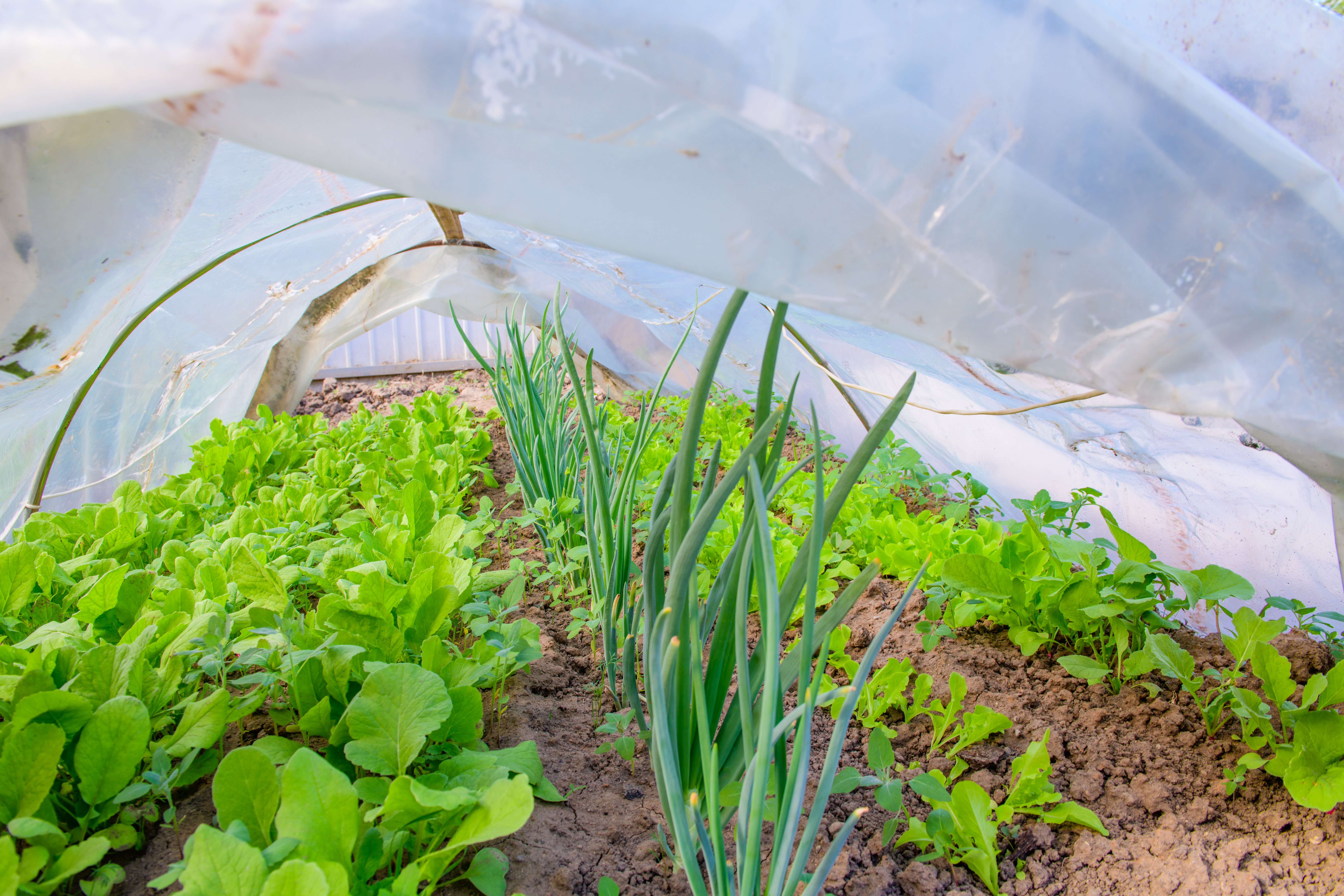
Planting a spring garden can feel a bit like playing roulette with mother nature, but with the right plant selections and a bit of extra care, you can be harvesting all kinds of veggies before your summer garden is due to be planted! Be sure to plan space for your spring garden in Planter, put on your rubber boots and a toque (hat), and get growing!
